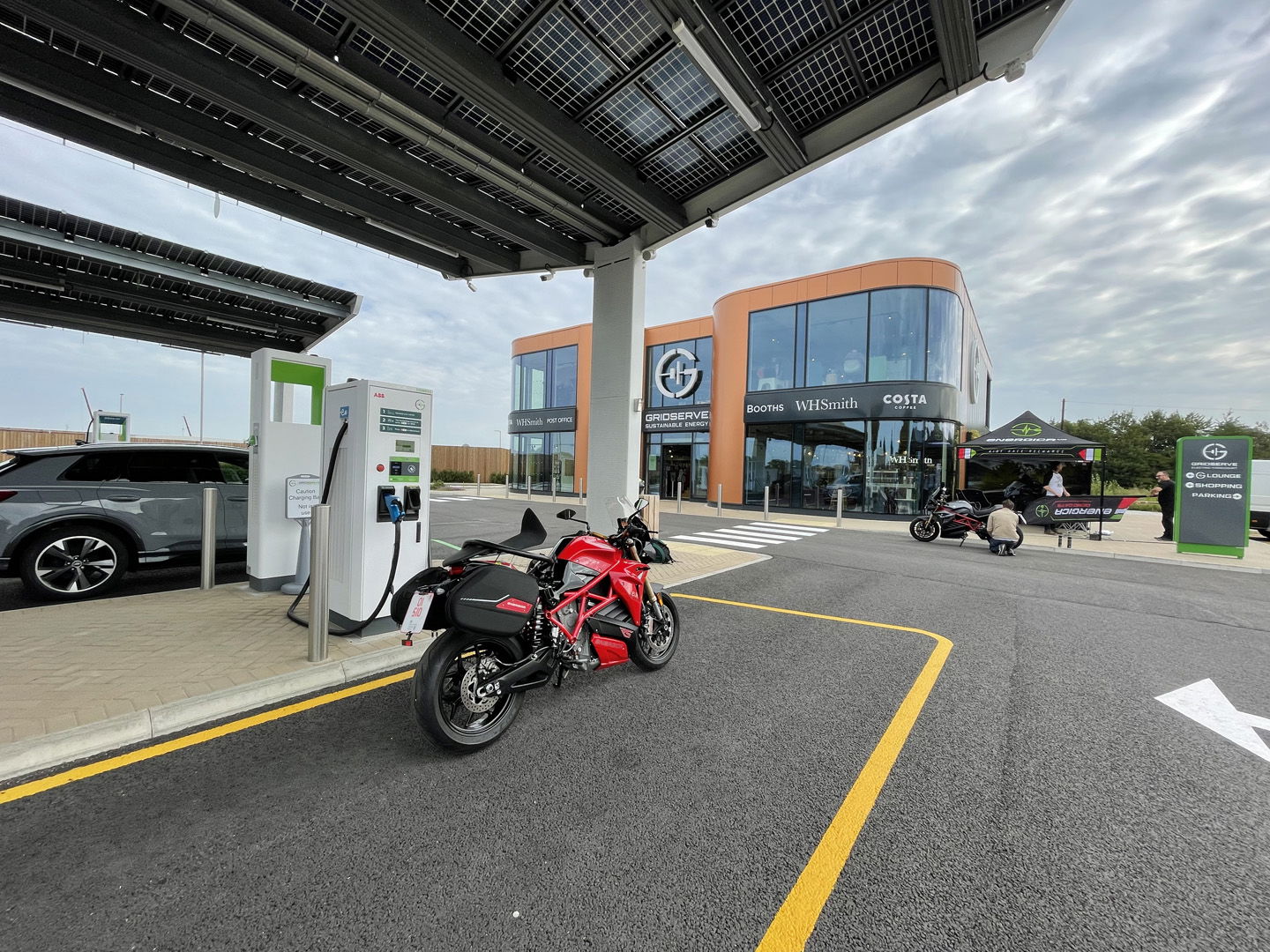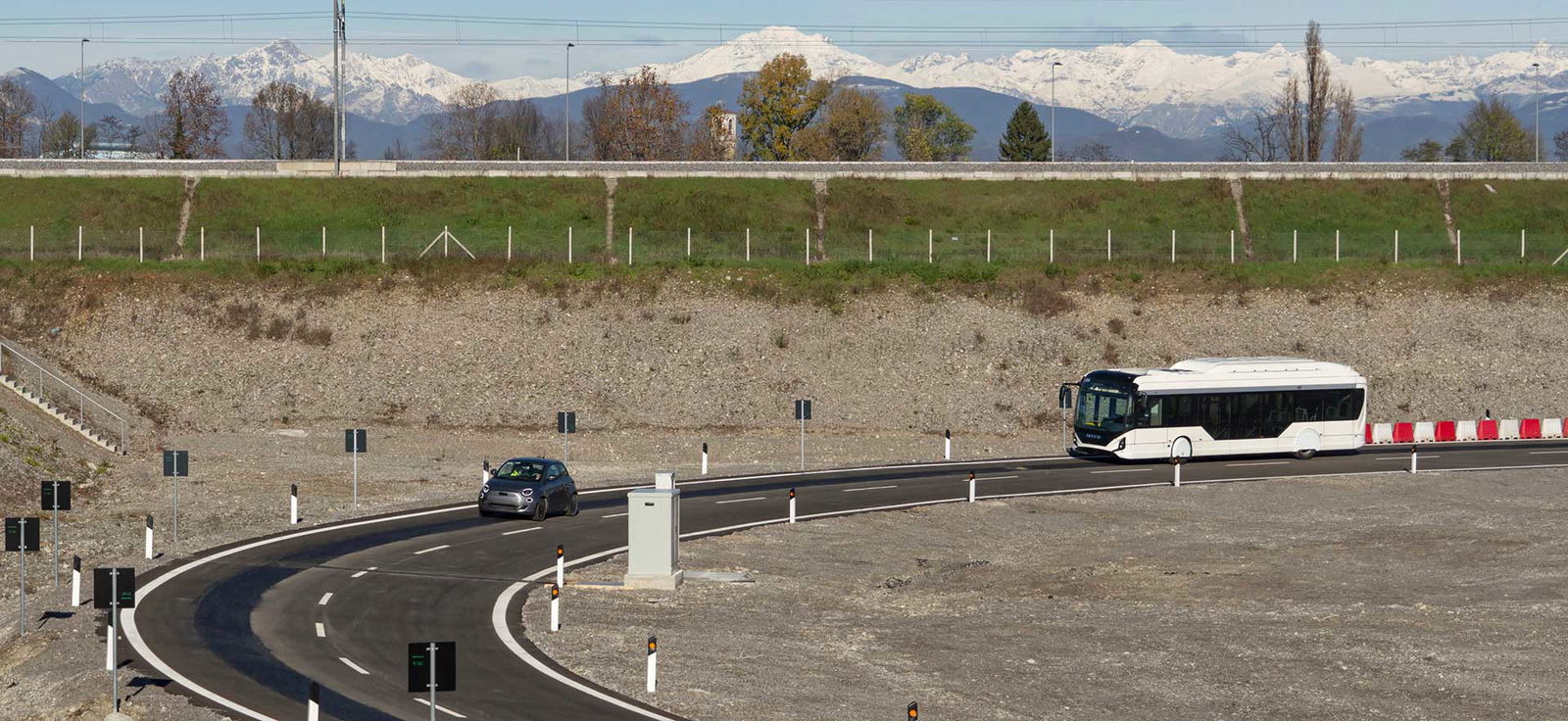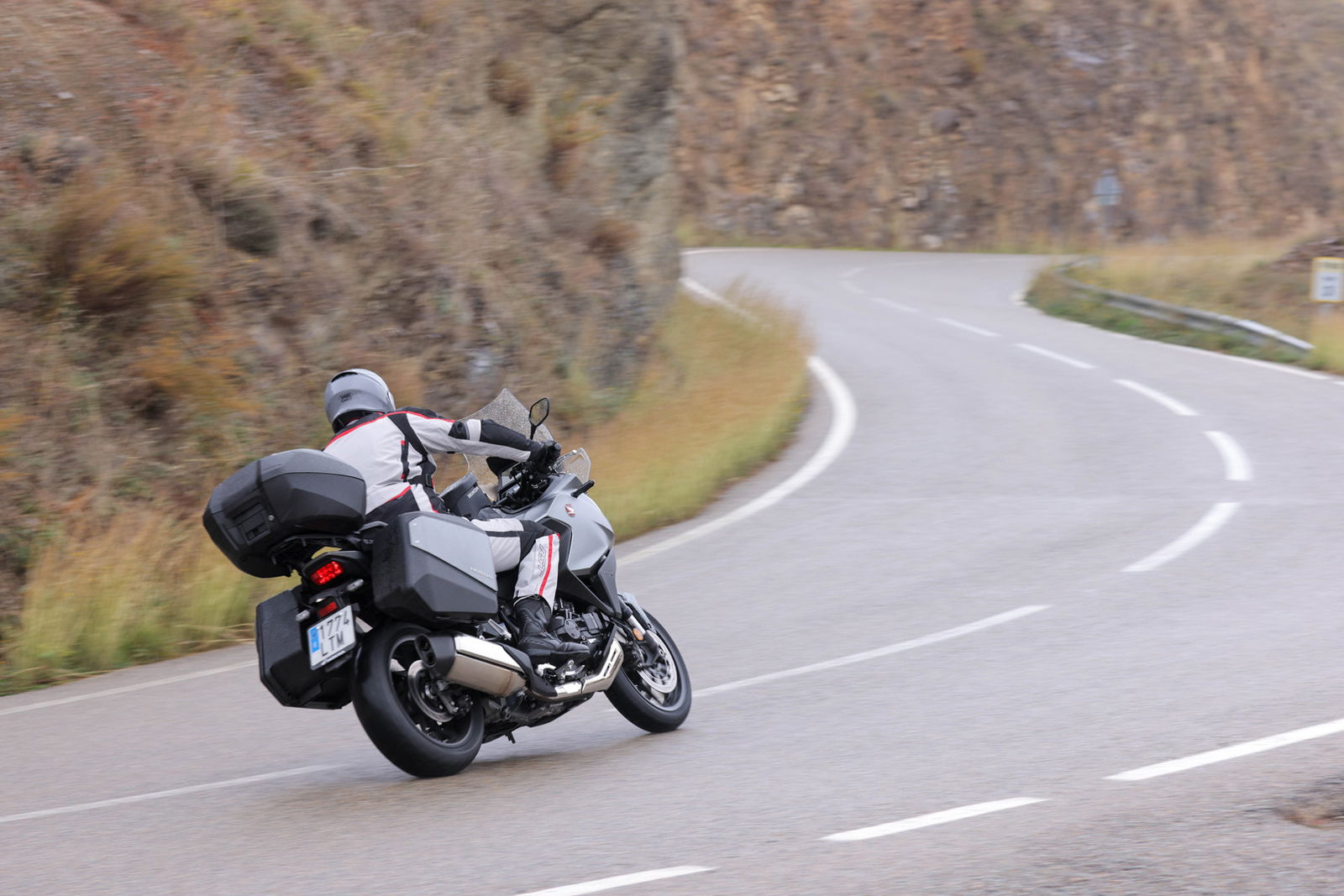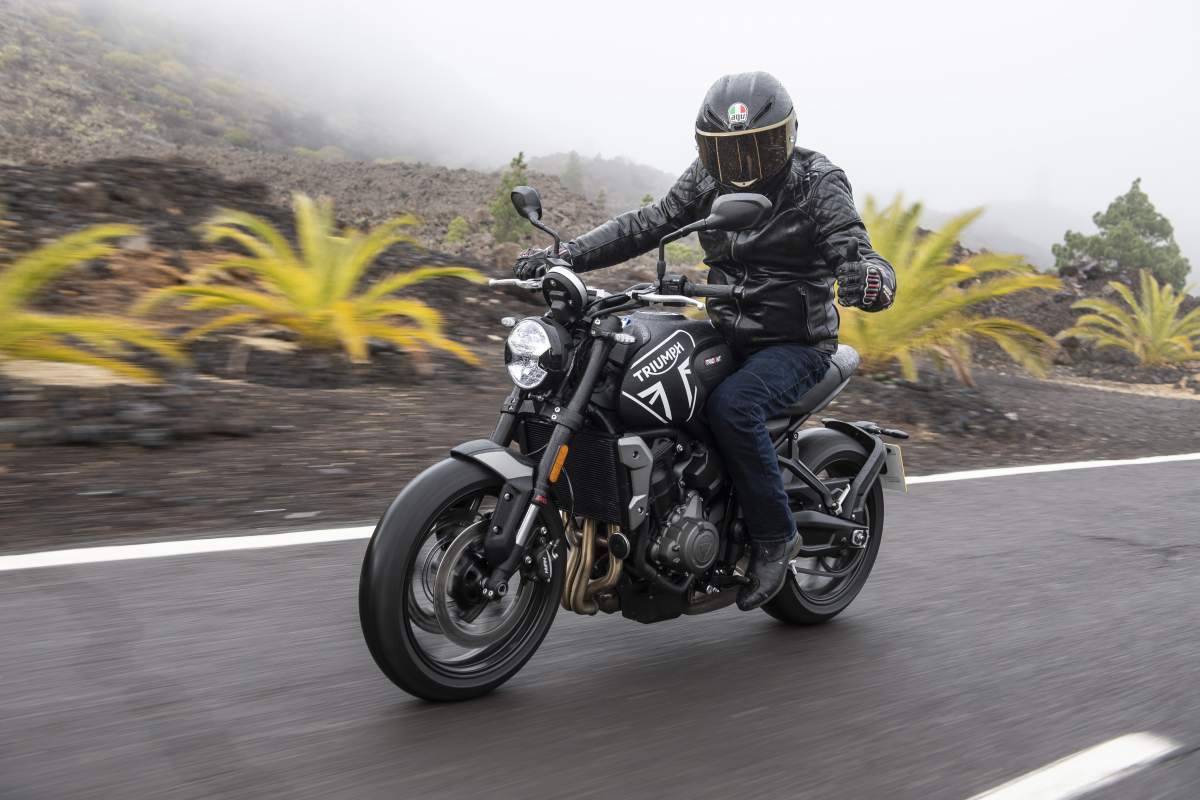Is Stellantis developing the ultimate solution to the electric problem of range?
Induction charging could be the answer to the major question of electrics: range. However, infrastructure concerns would still remain.

Following the announcement by the European Parliament of the ban on new combustion vehicle sales by 2035, the question of infrastructure is raised heavily with regards to electric vehicles.
Electric vehicles require energy just as combustion vehicles require it, even if the methods are different. In combustions, energy comes from oil, whereas electrics use- well, electricity. And, at least to now, and for the foreseeable, both combustion vehicles and electric vehicles require a stoppage in order to replenish the energy supplies.

However, that may not be the eternal future of electric cars and bikes, thanks to some technology lots of us are already familiar with.
Wireless chargers are used for mobile phones and such quite regularly now. They charge via induction: “induction charging”. This requires no cable connecting the phone to the charge point, and instead the charge is “inducted” to the phone’s battery from a pad. A similar solution is being developed for electric vehicles.
The reality would be a series of coils placed under roads which would allow electric cars to charge as they drove. Charging on the move, like a fighter jet refuelling in mid-air - only, requiring less precision. Presumably, the receivers that would be fitted to cars in order to pick up charge from the road would also be able able to be engineered for electric motorcycles.

It is a solution that has already been proven, in theory, to work. Stellantis is working in Italy on "Arena del Futuro" which would be a highway equipped with induction charging technology. The development of the technology has allowed the Fiat hatchback to travel at up to 130kph (80.8mph) without using the energy in its batteries.
It is a nice idea, and one which would theoretically solve the range issues of electric vehicles, which is currently one of their major drawbacks. One of the others is weight, and in this case the batteries of electric vehicles could be reduced in size, which would reduce weight.
However, the question of infrastructure appears again. Because there are no roads with induction technology. Also, it would require mass adoption across major nations for manufacturers to develop the receivers necessary to take the charge from the road.
.jpg?width=1600)
Even then, superior infrastructure for induction charging in some places would be better than others - certainly it is possible to imagine a scenario where developed nations had this induction possibility, while developing countries had to deal with the lack of battery capacity without the support necessary to build infrastructure in place to make use of it.
In any case, it is a technology worth exploring, rather than discarding it because of problems which could arise which ultimately are solvable, given the desire to solve them.

